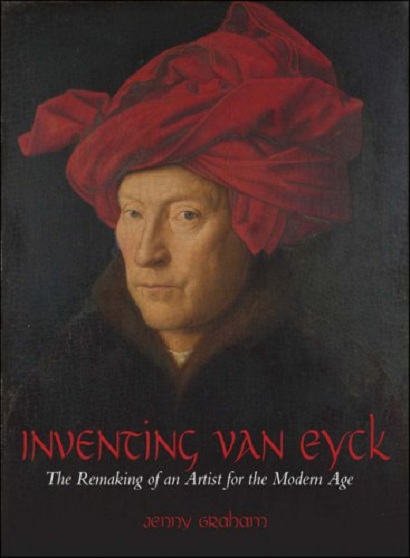
Van Eyck is now seen as the artist who bridged the gap between the medieval and the modern. His story is the story of modern art – the turbulent clash of ideologies, the shifting and making of taste, the perfect timing of historical event and technological change, the politics of the art world and the cult of celebrity. The Enlightenment had quietly placed van Eyck in the Gothic tradition. Then Napoleon looted panels of his masterwork, the Ghent Altar-piece, and took them back to the Louvre. With his work centre stage in the greatest art gallery of the time, interest in van Eyck exploded across Europe. The nineteenth century saw the arrival of van Eyck mania, with ever-more fanciful tales in the art press of his life as inventor of oil painting, monkish painter, even arsonist and murderer; with scenes from his life, cheap colour prints and van Eyck carpets and mirrors vying for popular consumption; and with the claiming of van Eyck as the first Pre-Raphaelite. Today, van Eyck is regarded as the first realist painter, with popular and scholarly attention shifted from the Ghent Altar-piece – also looted by Hitler and stored in an Austrian salt-mine during the Second World War – to the riddle of his celebrated Arnolfini Portrait. Inventing van Eyck tells the extraordinary story of the making of an artist for the modern age.
| Categorie | Carte straina |
|---|---|
| Magazin | carturesti.ro |
| Marca | Berg Publishers |
